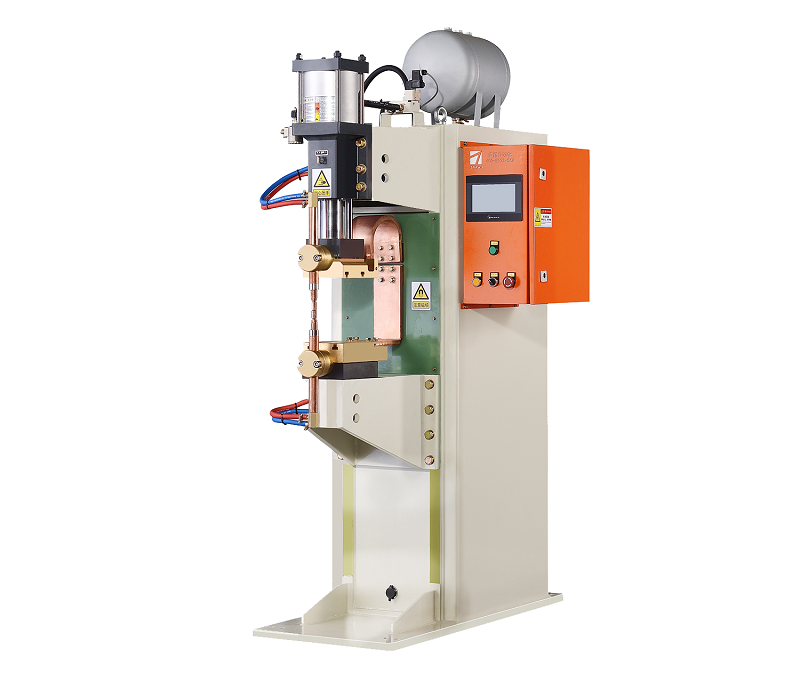Factors Affecting Welding Point Distance of Medium Frequency Spot Welders?
Medium frequency spot welding is a commonly used joining technique in the manufacturing industry, particularly in the automotive and electronics sectors. It involves creating strong and reliable welds by concentrating a high amount of heat on specific points. The distance between these welding points, also known as electrode spacing, plays a crucial role in determining the quality and integrity of the welds. Several factors influence the welding point distance of medium frequency spot welders, and understanding these factors is essential for achieving consistent and durable welds.

- Material Type and Thickness: Different materials have varying thermal conductivity and melting points. The thickness of the materials being welded also affects heat distribution. Thicker materials require more heat and may necessitate closer electrode spacing to ensure proper fusion and penetration.
- Welding Current and Time: The welding current and the duration for which it is applied significantly impact the amount of heat generated. Higher currents and longer welding times may require adjustments in electrode spacing to prevent excessive heat buildup or insufficient fusion.
- Electrode Size and Shape: Electrodes come in various shapes and sizes to accommodate different weld geometries. The size and shape of the electrodes can influence the concentration of heat and the overall effectiveness of the weld. The electrode design should consider the desired electrode spacing for optimal results.
- Electrode Material and Coating: The choice of electrode material and any coatings can affect heat transfer and electrical conductivity. Proper selection of electrodes is crucial to ensure uniform heating and minimize potential defects.
- Surface Condition: The condition of the surfaces being welded, including their cleanliness and flatness, impacts the contact between the electrodes and the workpieces. Poor contact can lead to uneven heating and compromised weld quality.
- Welding Environment: Factors such as ambient temperature and humidity can influence the thermal characteristics of the welding process. These variations might necessitate adjustments to electrode spacing to account for changes in heat dissipation.
- Clamping Pressure: The pressure applied to hold the workpieces together during welding affects the electrical contact and heat transfer between the electrodes and the materials. Proper clamping pressure helps maintain consistent electrode spacing and even heating.
In conclusion, achieving optimal welding results with medium frequency spot welders requires careful consideration of several factors that influence welding point distance. Manufacturers must tailor their welding parameters, electrode selection, and electrode spacing to the specific materials and geometries involved. Regular maintenance of equipment, including electrodes, is also crucial to ensure consistent performance over time. By addressing these factors systematically, manufacturers can produce high-quality welds with the desired strength and integrity, contributing to the overall reliability of the final products.